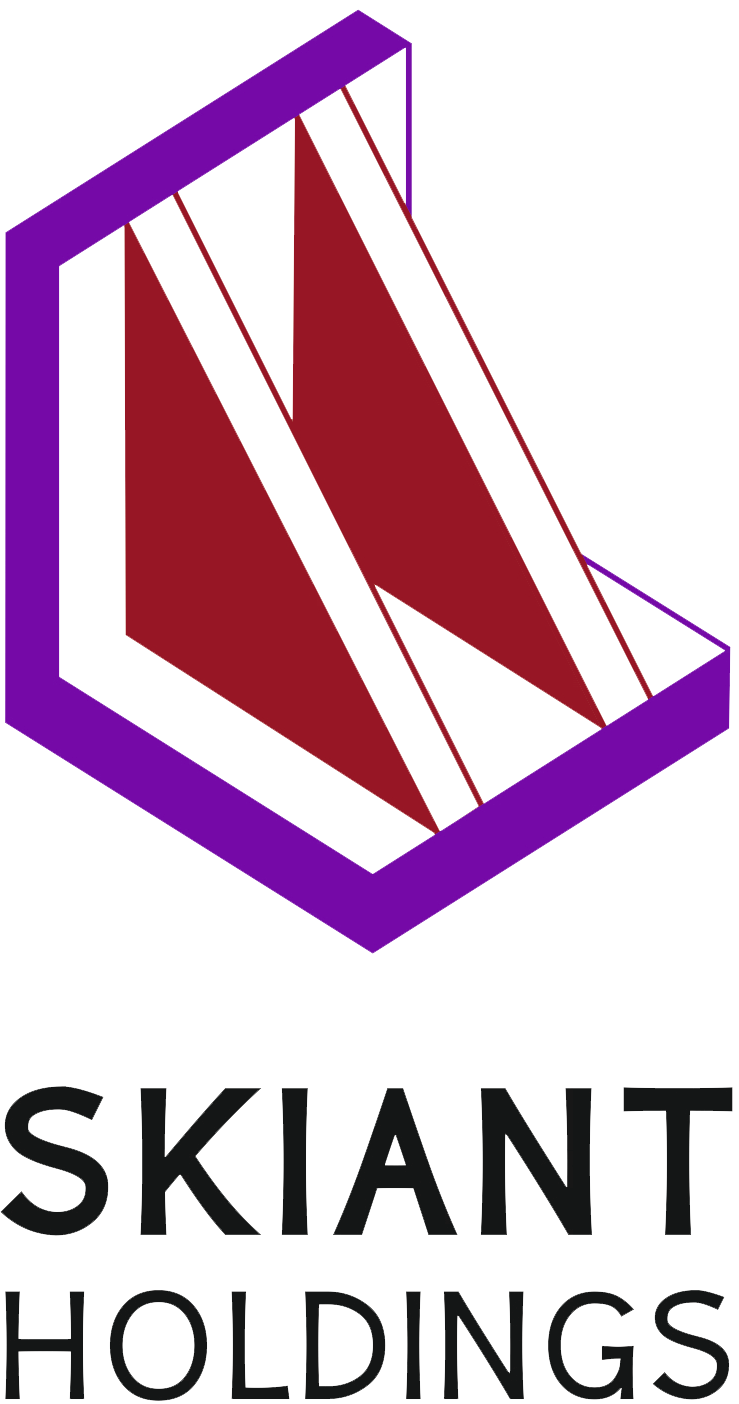Balancing 3D Printing and Traditional Prototyping
While 3D printing is undeniably a powerful tool in modern product development, its true effectiveness is realised when it's thoughtfully integrated into the broader development process rather than used in isolation.
It's essential to recognise that 3D printing excels in rapid prototyping, allowing teams to quickly produce and test early design concepts. This accelerates the iteration cycle, enabling designers and engineers to make swift adjustments based on immediate feedback. However, relying solely on 3D printing can overlook critical aspects that traditional prototyping methods address more effectively.
Traditional prototyping techniques offer unparalleled advantages when it comes to replicating specific material properties, achieving precise color matching, and refining surface textures—elements that are crucial for user experience and product functionality. For instance, when developing a product that requires a particular tactile feel or must meet stringent aesthetic standards, traditional methods can produce prototypes that closely mimic the final product's look and feel. This level of detail is often beyond the current capabilities of cost-effective 3D printing technologies.
By embracing both innovative and traditional prototyping methods, we can leverage the strengths of each to create a more efficient and effective development process.
Early stages can focus on 3D printing to validate design concepts quickly and economically. As the product moves closer to finalisation, traditional prototyping can refine the details that 3D printing cannot adequately address. This combined approach ensures that the final product not only meets all functional requirements but also satisfies aesthetic and ergonomic standards that are critical for market success.
Integrating both methods leads to a more balanced development strategy, where time and resources are optimised without compromising on quality. It allows for thorough validation at every stage—rapid iterations to perfect the design and detailed prototypes to fine-tune material characteristics and manufacturing techniques. By combining 3D printing and traditional prototyping, we can refine not only the product's functionality and aesthetics but also optimise the processes for mass production. This synergy ensures that the final product meets all functional requirements, satisfies aesthetic and ergonomic standards, and is ready for efficient manufacturing—all of which are critical for success in a competitive marketplace.
